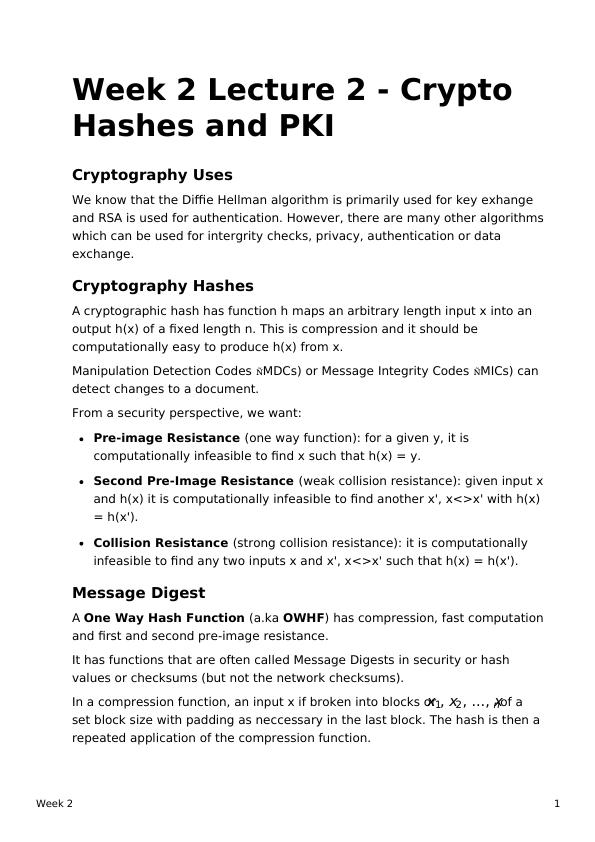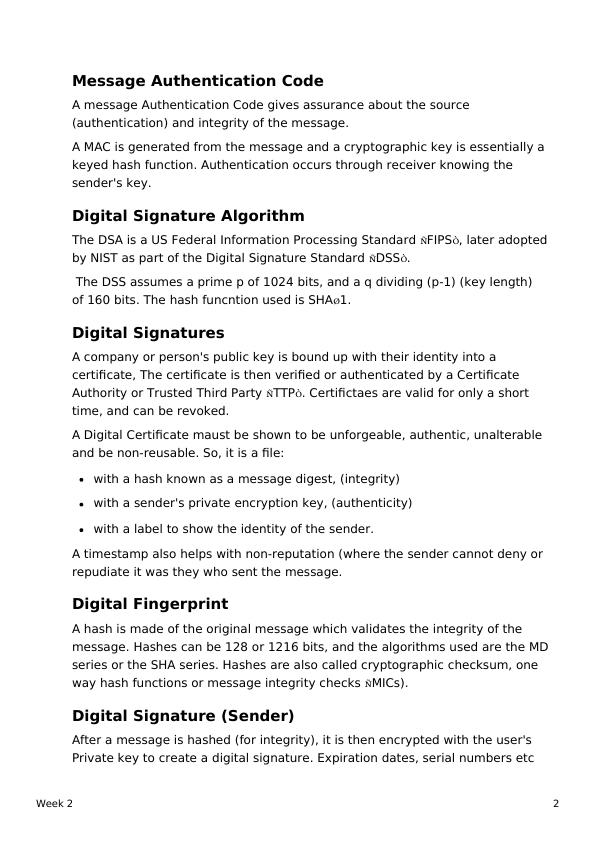Ask a question from expert
Crypto Hashes and PKI Cryptography Assignment
5 Pages1391 Words186 Views
Added on 2020-10-09
Crypto Hashes and PKI Cryptography Assignment
Added on 2020-10-09
BookmarkShareRelated Documents
End of preview
Want to access all the pages? Upload your documents or become a member.
Encryption Techniques and Algorithms
|13
|3022
|459
Comparison of MD5 and SHA3 Hashing Techniques
|13
|3475
|89
Different Type of Hashing Algorithm
|4
|694
|21
Why Johnny Can't Encrypt: A Study of the Usability of Pretty Good Privacy
|6
|2192
|243
Security in Computing: Electronic Espionage, Access Control, Encryption, Viruses, Web Security, and Network
|8
|1514
|266
COIT20262 - Advanced Network Security Assignment 1 Submission
|7
|1214
|147

